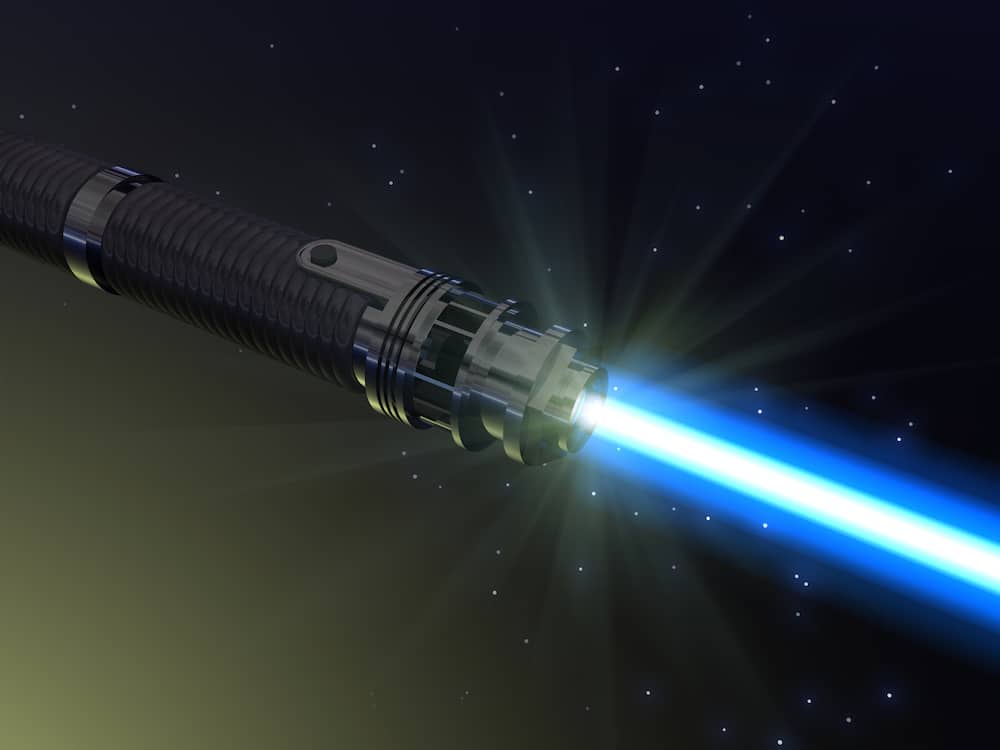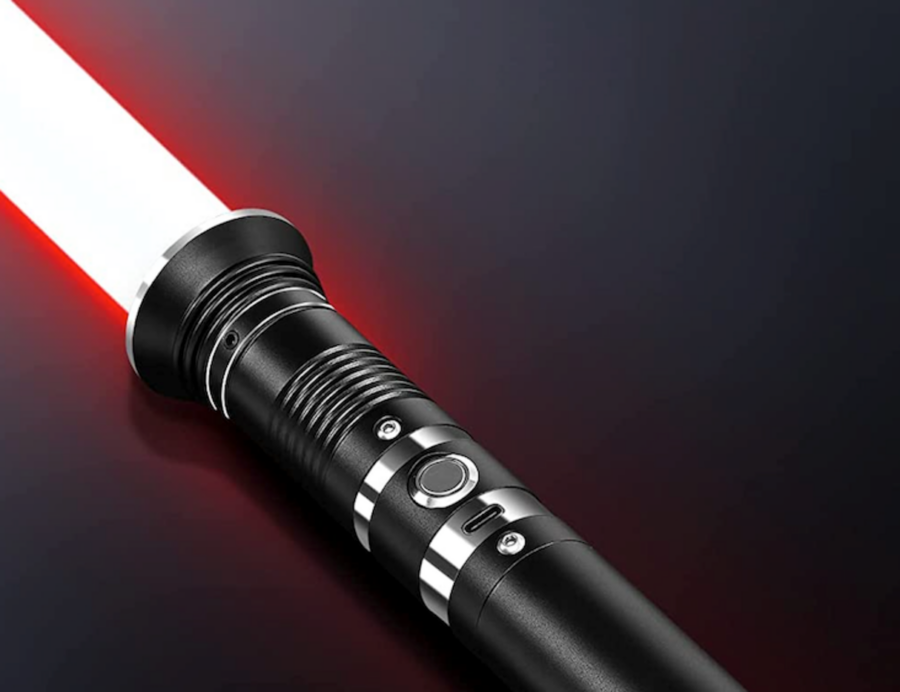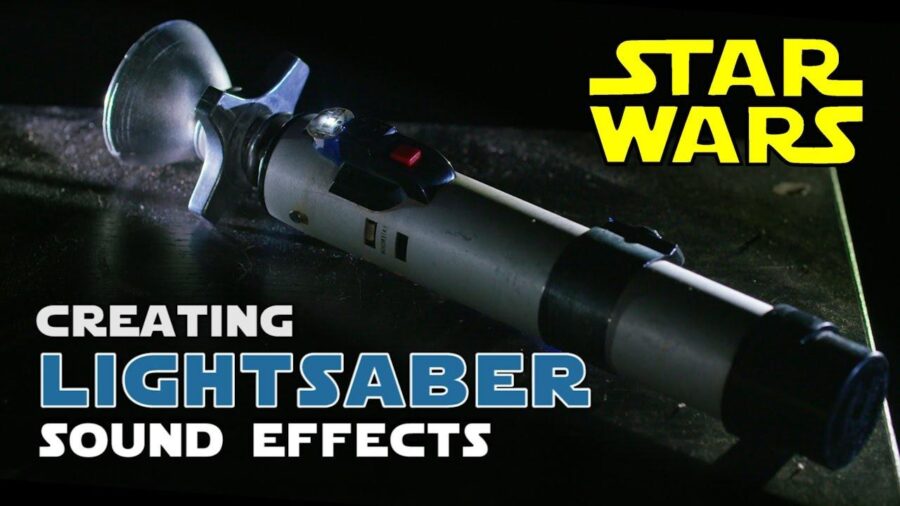From the very beginning, Star Wars has been a cinematic masterpiece at the forefront of epic storytelling, captivating characters and visual effects. To put it simply, the Star Wars franchise has revolutionised the way audiences (of all ages and backgrounds) watch movies. This is mostly thanks to the talents and hard work of the creative team of the earliest Star Wars films, who did the fascinating job of developing props and special effects that had viewers believing they were truly in the middle of a space war.
In addition to amazing visuals, Star Wars has its fair share of iconic sound effects, from Chewbacca’s roar and Darth Vader’s breathing to the sounds of blasters and, of course, the iconic lightsaber. These iconic sound effects (especially the humming, buzzing and crackling sounds of the lightsaber) are something that has stuck with fans even after several decades.
With how important the lightsaber is to the Star Wars franchise and pop culture, it comes as no surprise that fans would want to know how the iconic lightsaber sounds were made. Below is everything you need to know about the creation of lightsaber sounds in Star Wars.
How the Lightsaber Sound Was Created

Academy Awards-winning sound designer Ben Burtt was assigned the task of creating a distinctive sound effect for the lightsaber. This proved to be an interesting problem for him because at the time he was assigned this task, the Star Wars movies had not been shot and all he had to work with was a few pictures of dark images wielding weapons that were sword-like with an unearthly glow within them.
Although they weren’t much, Burtt did use these pictures to imagine the world of the Jedi and Sith, and he subconsciously heard the sounds that these glowing swords would make as they are swung through the air and struck against each other.
Bear in mind that this was all just how Burtt imagined lightsabers would sound. The actual lightsaber sound was created thanks to a mixture of memory, Burtt’s genius, and accident.
While Burtt was working on the lightsaber sound, he remembered how the motors of the projectors he used to be in charge of in college would make consistent thrumming sounds full of energy. He envisioned that this gravely thrum of static would be the perfect sound a resting lightsaber emits. But this wasn’t enough, as he still couldn’t figure out the perfect sound for when a lightsaber was in action.
One day, by accident and a stroke of luck, Burtt came by a solution. As he was passing by a television set carrying a live microphone, he noticed that the microphone made an odd humming noise as it traveled behind the television’s picture tube. Burtt immediately recorded this noise which he then combined with the sound of the projector motor to create the basic lightsaber sound.
As for the clashing sound made when two lightsabers strike each other, a combination of the noise made by a vacuum cleaner and a stick being thrust into dry ice was used. To provide a feeling of movement within the film, Burtt played the recorded sounds through a large speaker with a microphone in front of it to capture the audio while also mimicking the different lightsaber movements in the film.
How the Sounds of Replica Lightsabers are Made

The popularity of the Star Wars films unsurprisingly led to the wake of replica lightsabers. From Darth Vader lightsabers to Ahsoka Tano lightsabers, fans of the franchise can now get their hands on replicas of their favourite character’s lightsaber. Thanks to modern technology, these replica lightsabers feature sound effects that are highly authentic and movie-accurate. Most replica lightsabers come fully equipped with quality soundboards that contain pre-recorded authentic sounds from the movies. The hilt of these replicas also has speakers and activator buttons that make them very realistic.
Conclusion
As the chosen weapon of both the Jedi and the Sith, lightsabers play a very important role in the Star Wars franchise, and the story behind how their iconic sound was made only further adds to their appeal.
